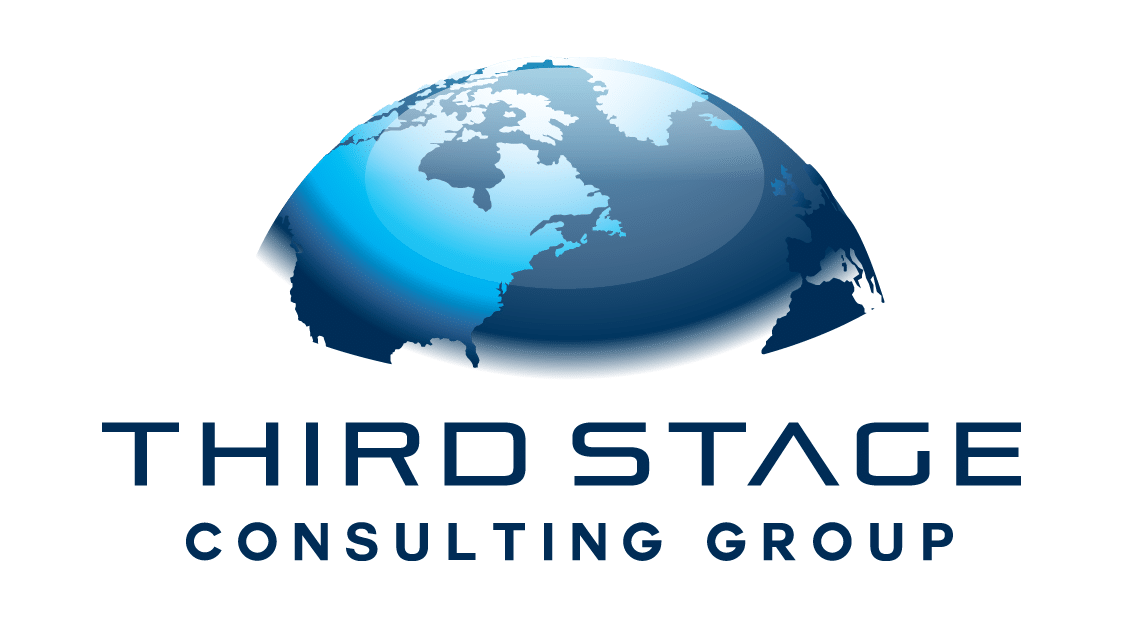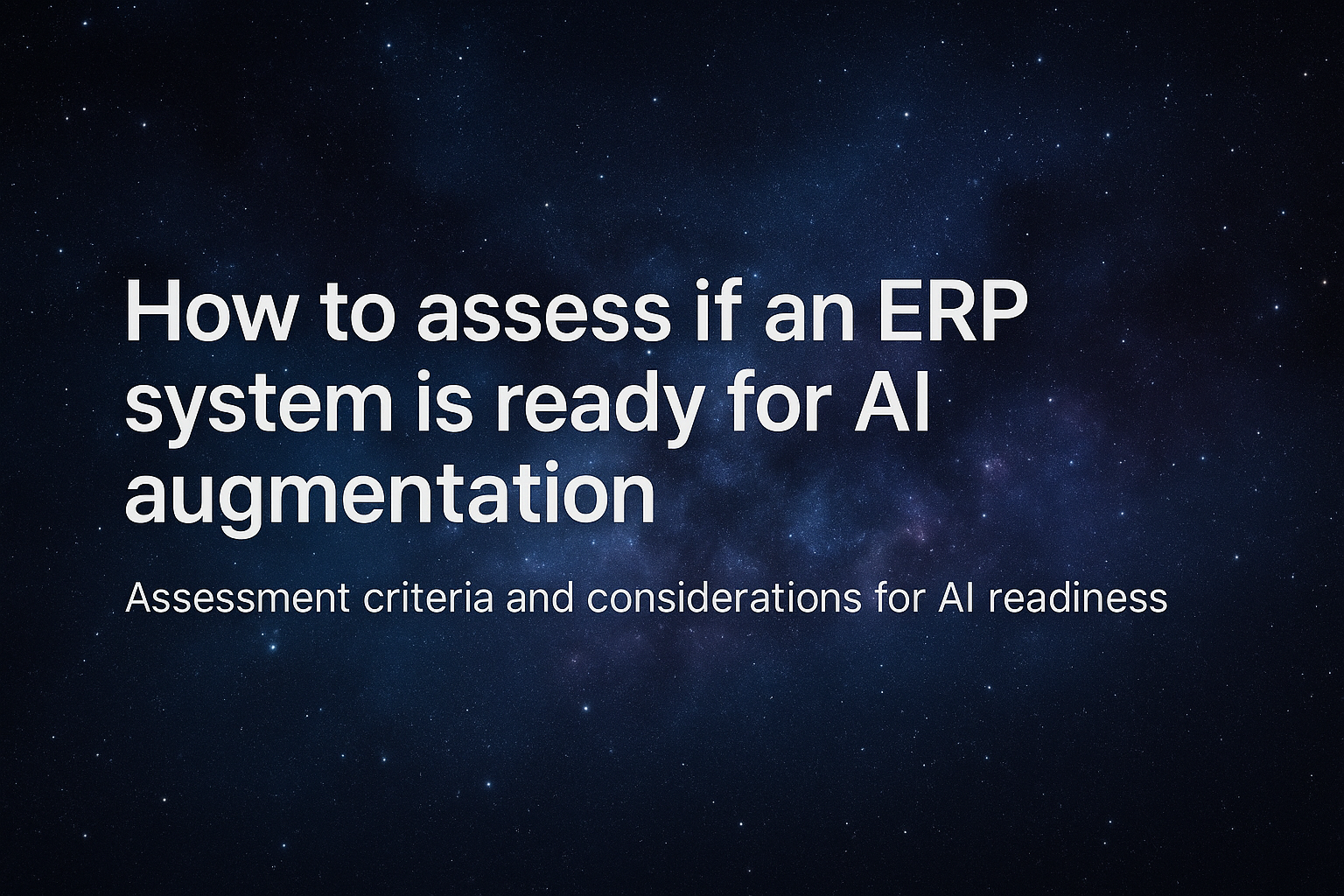Table of Contents
ToggleWhy Smaller Manufacturers Are Rethinking Their Core Systems
Small and midsize manufacturing and distribution companies are at a unique inflection point. Many are still relying on aging systems like QuickBooks, Excel spreadsheets, or legacy ERPs that weren’t designed for today’s dynamic supply chains or customer expectations.
The top two reasons these companies look to upgrade their technology are:
- Operational Efficiency: Replacing disconnected systems with an integrated platform that streamlines processes—from procurement to shipping—helps reduce waste, errors, and manual work.
- Scalability: As companies grow, older systems simply can’t keep up. New order management tools, CRM platforms, and industry-specific software often require a more modern ERP foundation to support future expansion.
Whether it’s to support increased order volumes, onboard new customers, or provide better data visibility, the need to modernize is clear.
What Makes Technology Strategy Different for SMBs?
While large enterprises have robust IT departments and dedicated implementation teams, SMBs face a very different reality. These differences dramatically affect how they approach ERP and digital transformation projects.
Key Differences:
- Limited Resources: Employees at small companies often wear multiple hats. There’s rarely a full-time project team, meaning ERP efforts must be efficient and minimally disruptive to daily operations.
- Legacy Sprawl: Many SMBs are working with a patchwork of spreadsheets, financial tools, and outdated software that makes data consolidation and process standardization more complex.
- Breadth of Needs: Smaller manufacturers often require a balance between basic financials, inventory, CRM, and sometimes light HR features—but they don’t need full-scale enterprise platforms with every module.
What Technologies Are Worth Considering?
There’s no one-size-fits-all solution. The right mix of technology depends on your industry, growth plans, and existing infrastructure. For many SMBs, it’s not about jumping into a massive ERP overhaul—it’s about being strategic and building the right tech stack.
Here are the most common types of technology we see adopted:
- Financials & Core ERP: Epicor, Infor, Microsoft Business Central, and Oracle NetSuite are common choices, but newer Tier 2 options are gaining traction.
- CRM Tools: Many companies prioritize CRM first to manage their sales pipeline and customer relationships before expanding into broader ERP functions.
- HRIS Platforms: While HR tech is often outsourced early on, integrations or lightweight HR modules can still bring value as teams scale.
- Niche Operational Tools: Warehouse management systems, inventory control apps, or production scheduling tools may be added to fill specific gaps.
It’s critical not to overlook smaller or lesser-known solutions—many provide the flexibility and scalability growing manufacturers need without the enterprise price tag or complexity.
Vendor Selection Tips: Don’t Just Default to the Big Names
While Epicor, Infor, Microsoft, and Oracle are frequently used in this space, the best ERP for your business might not be a household name. SMBs should consider:
- Product fit over brand recognition
- Ease of implementation and use
- Cost of ownership
- Industry-specific functionality
Just because a solution is “smaller” doesn’t mean it won’t scale. Today’s ecosystem offers a wide wingspan of ERP options that are lightweight now but capable of growing with your business over time.
Where to Start: The First Steps in Your Digital Journey
For SMB manufacturers and distributors just beginning their transformation journey, here are some foundational steps to take:
- Define Your 1–3 Year Business Goals
Don’t start with tech—start with strategy. Ask where you want to be in 12, 24, or 36 months. Are you expanding your product line? Targeting new markets? Building a direct-to-consumer channel? - Audit Your Existing Technology
Look at what you have and how it’s supporting (or hindering) your goals. Sometimes the solution is a system tweak, not a full replacement. - Identify the Gaps
Are you missing real-time inventory visibility? Is manual data entry slowing your team down? Are customer orders falling through the cracks? Let the pain points guide your roadmap. - Evaluate Incremental Improvements
You don’t need a massive, disruptive overhaul. In fact, we recommend starting small. Tackle the highest-impact areas first and phase in new tools and capabilities as your team adapts. - Develop a Long-Term Roadmap
Whether you’re just adding a CRM or looking at a full ERP replacement, develop a multi-phase roadmap. This keeps efforts aligned with business priorities and prevents costly surprises down the line.
Final Thoughts: Build for Today, Plan for Tomorrow
Small and midsize manufacturers are the backbone of supply chains, yet they often face the biggest technology challenges with the fewest resources. The good news? You don’t need to go it alone, and you don’t have to choose between “nothing” and “everything.”
By aligning technology decisions with business strategy, building a realistic roadmap, and evaluating options based on fit, not flash, SMBs can set themselves up for long-term success.
Get Expert Help with Your ERP Evaluation
At Third Stage Consulting, we specialize in helping SMB manufacturers and distributors choose the right technology—independent of vendors, with a focus on your long-term goals.
📥 Download the 2025 Digital Transformation Report for expert rankings, case studies, and actionable insights.






